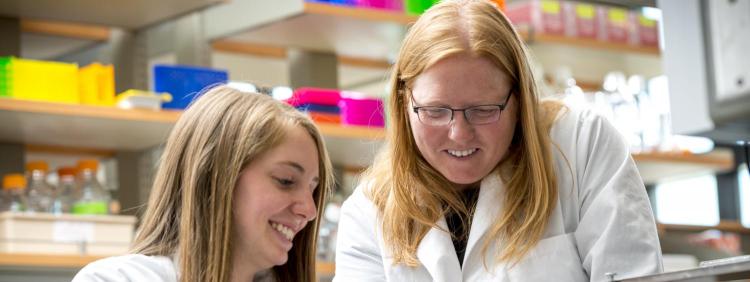Getting Personal
“The notion of a personalized biomaterial means that the material itself is custom designed to the patient, and it can even respond to differences in individuals,” explains Anseth, who was recently inducted into the National Academy of Inventors. “We hear about personalized medicine, but biomaterials and medical devices also need to get more personalized.”

Her group specializes in light-sensitive chemistries, which can bring aspects such as 3-D printing into their work. “All of a sudden, we can make materials with custom-tailored sizes, shapes and even material properties for an individual,” she says. As one example, they can custom make biomaterials into a scaffold that is in the shape of a heart valve and then embed it with cells that allow it to grow into a “living” tissue over time. This technology is especially important for children, as the engineered valve has the potential to grow as the child grows.
But beyond just prototyping, Anseth envisions dynamic personalized materials, where the chemistry matters. “What if you could design a material to detect circulating tumor cells and then train your immune cells to fight your specific cancer?” she says. Or, “what if you could culture your own cells in the lab in personalized microenvironments that mimic your heart tissue and then test thousands of drugs to treat your cardiac disease before ever taking a single pill?”
She says her group has a clear interest in understanding how to regenerate tissues that are patient-specific. “If we want to help repair somebody’s heart muscle after a heart attack, then we’re interested in understanding how that person’s cells respond and use their cells to regrow or remodel tissue … bringing cells into the biomaterial itself. Or using your own cartilage cells to regenerate cartilage tissue that is yours.”

